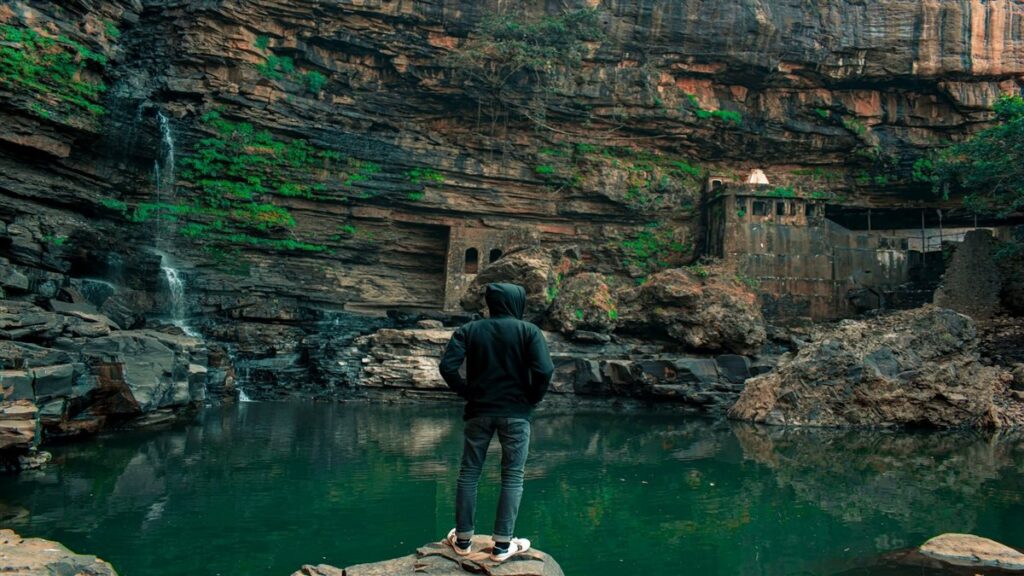The Asafi Imambara, also known as Bara Imambara, is one of the most famous landmarks in Lucknow, Uttar Pradesh. Built in 1784 by Nawab Asaf-ud-Daula, this grand structure holds not just historical and religious significance but also a fascinating architectural surprise—the Bhul Bhulaiya, or the labyrinth.

A Shrine with a Purpose
The Asafi Imambara was constructed as a shrine for Shia Muslims and as a relief measure during a severe famine. Nawab Asaf-ud-Daula initiated the construction to provide employment to thousands of people. It took nearly a decade to complete, and the project helped many survive during those difficult times. Thousands of people, from laborers to skilled artisans, found work building this massive complex. It was not just a shrine for Shia Muslims; it was a beacon of hope during a time of despair. The Nawab’s intention was clear—everyone, from the poorest to the richest, would have work to sustain them. The Imambara is a beautiful example of Mughal architecture with Gothic and Rajput influences, making it a cultural treasure in Lucknow.
The Accidental Labyrinth: An Engineering Marvel
One of the most intriguing features of the Asafi Imambara is its labyrinth, known as the Bhul Bhulaiya. What makes this maze so special is that it wasn’t originally intended to be a labyrinth at all. The primary purpose of these winding passages was to support the massive central hall of the Imambara, which is one of the largest arched structures in the world.
Car-Free Destinations in the World: Must-Visit Places for Nature Lovers
The Imambara was built on soft, marshy land, and to prevent the structure from sinking, the architects devised a clever solution. They created a complex network of narrow corridors and passageways on the upper floors to distribute the building’s weight evenly. This engineering feat ensured that the central hall, which spans 50 by 16 meters and stands over 15 meters tall without any supporting beams, remains stable.
A Maze with 1,024 Paths
The labyrinth was an unintended byproduct of this structural solution, but it quickly became one of the most fascinating aspects of the Imambara. The Bhul Bhulaiya is said to have 1,024 ways to reach the terrace but only two ways to exit. The maze’s winding passages, dead ends, and misleading paths create a sense of mystery and adventure for visitors.
The Visitor Experience
Exploring the Bhul Bhulaiya can be both thrilling and challenging. Many visitors find themselves lost in the maze of corridors, unable to find their way out without help. Because of its complexity, it’s common for tourists to hire guides to navigate the labyrinth. These guides not only help visitors avoid getting lost but also share fascinating stories about the Imambara’s history and architectural brilliance.
A Symbol of Lucknow’s Heritage
The Asafi Imambara, with its accidental labyrinth, stands as a symbol of Lucknow’s rich cultural heritage and architectural ingenuity. The Bhul Bhulaiya, while serving a practical purpose, adds a layer of intrigue and excitement that draws thousands of visitors each year. The labyrinth is more than just a tourist attraction; it’s a reminder of the creativity and resourcefulness of the architects of that time.
As you wander through the winding passages of the Bhul Bhulaiya, you not only experience the thrill of solving a maze but also gain a deeper appreciation for the history and culture that have shaped this remarkable structure. The Asafi Imambara is not just a building; it’s a journey through time, where every corner turned tells a story of the past.





